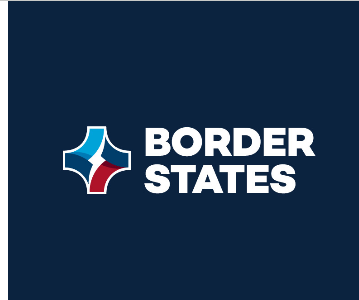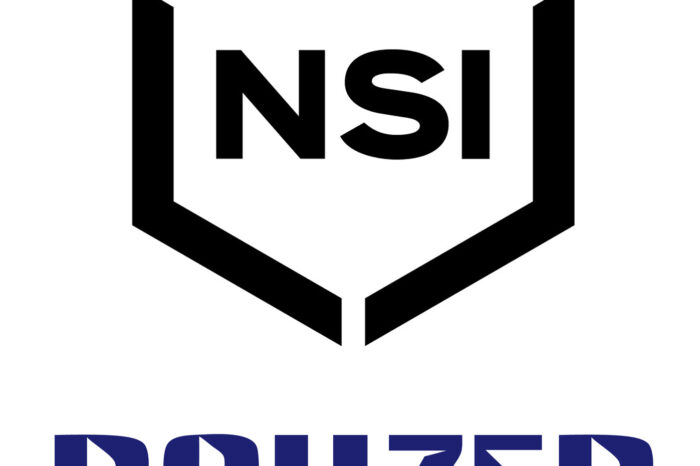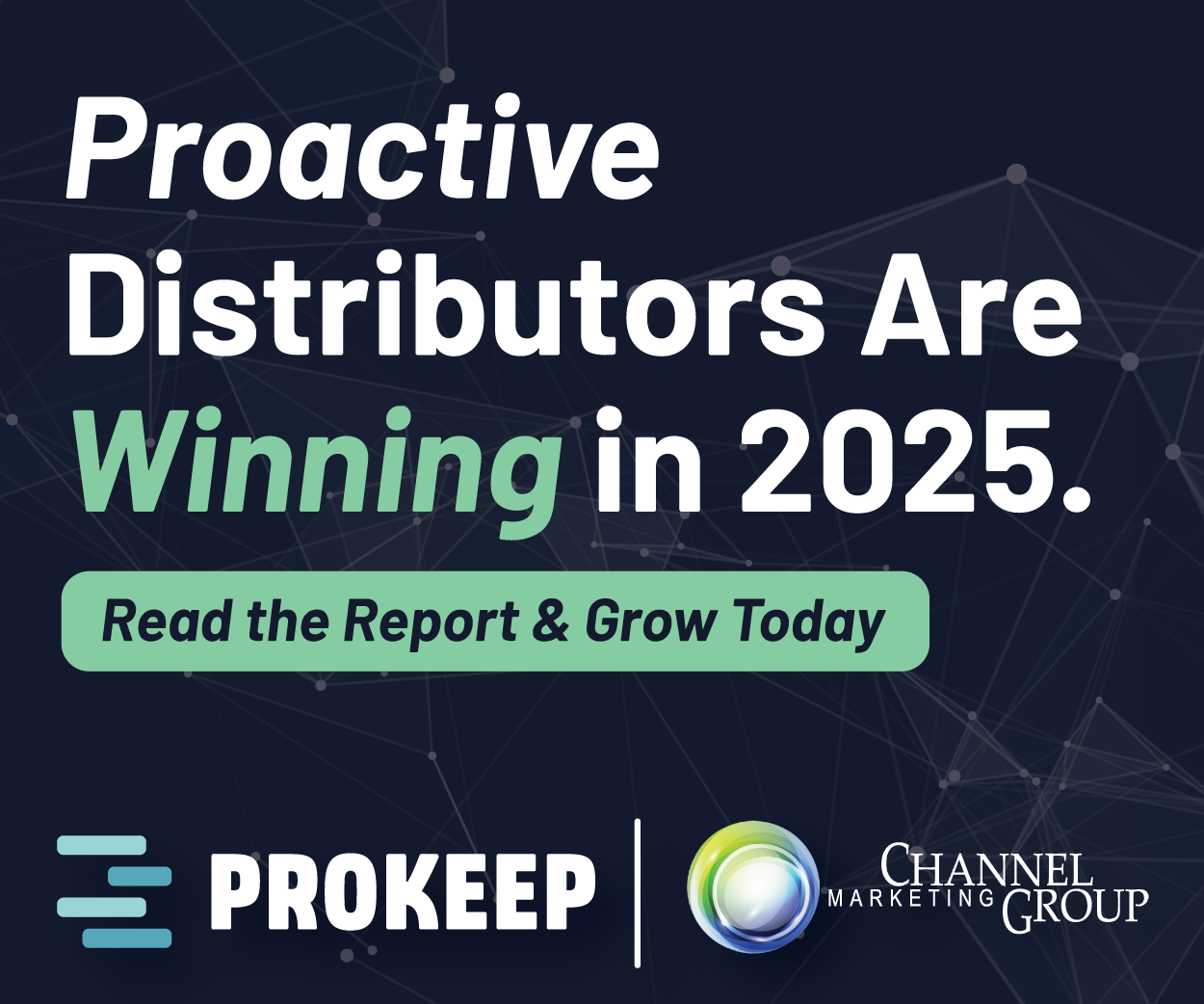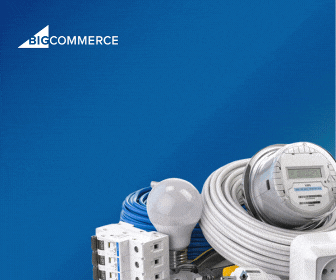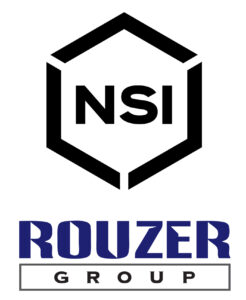Where’s the Electrical Industry Going?
 The last several months have been tumultuous for the electrical industry as tariff policy gyrated to such an extent that the market has effectively paused awaiting more clarity. This was validated by the 1Q25 Pulse of Lighting results, where much of the business went into paralysis, especially at the end of the quarter due to tariff uncertainty. Some degree of clarity came, in part, on April 2 with the “Liberation Day” tariff announcements. Beginning April 5, nearly all countries will face blanket 10% tariffs, with many facing higher, “reciprocal” rates targeted at nations with large trade imbalances.
The last several months have been tumultuous for the electrical industry as tariff policy gyrated to such an extent that the market has effectively paused awaiting more clarity. This was validated by the 1Q25 Pulse of Lighting results, where much of the business went into paralysis, especially at the end of the quarter due to tariff uncertainty. Some degree of clarity came, in part, on April 2 with the “Liberation Day” tariff announcements. Beginning April 5, nearly all countries will face blanket 10% tariffs, with many facing higher, “reciprocal” rates targeted at nations with large trade imbalances.
There is an exemption for USMCA-compliant goods from Mexico and Canada. However, the reality is that components and products imported from Asian countries in particular will be hit with increased costs from reciprocal tariffs. In particular, China faces an additional 34% import tax, on top of a previously announced 20% tariff and additional rounds of “tariff chicken” continue; other South Asian countries are facing significant tariffs – including Vietnam, hit with a 46% tariff and Taiwan, Japan, India and South Korea hit with tariffs ranging from 24% to 32%. There are broader geopolitical goals factoring into the tariffs, esp. vis-à-vis China, and there are many moving parts with additional negotiations and rounds of carrots and sticks to come, it will no doubt be months or even quarters before things settle. The impact of tariffs has already been “baked” into forecasts, to the extent that it can be, with uncertainty ruling. For example, DISC’s electrical distribution forecast, the construction vertical (which lags total construction by up to 6 months), 2025 is flat compared to 2024, with the DISC construction vertical forecast at -0.1% in total for 2025. DISC’s quarterly outlook for 2025:
- Q2 Sequential Forecast – Deceleration -3.44% fueled by uncertainty in tariffs and economic ambiguity. YoY down 0.7%
- Q3 Sequential up 11.77% as new US manufacturing, infrastructure and data centers announced in Q4 2024 start to consume electrical supplies. YoY up 0.42%
- Q4 sequential decrease of -12.35% in electrical supplies as carryover turmoil from Q1 and Q2 economic ambiguity and tariffs slows construction. YoY up 1.06%
The DISC expectation is for a mostly flat year, with the industrial vertical strongest as US manufacturing becomes more of a focus. There will also be some gains in the institutional sector but little to no growth from construction. The outlook for data centers and healthcare are also potential bright spots. Utility will also provide some growth investments for upgrades accelerate and the MRO business continues.
(A subscription to the DISC Monthly Flash report is a valuable tool in planning and forecasting. You can get a subscription here.)
Contractor Sentiment
From the construction industry perspective, FMI, a construction and contractor consulting and research firm, also forecasts tough sledding ahead. FMI’s “Nonresidential Construction Index (NRCI) dropped sharply 2Q 2025 to 43.5 from 56.9 — a 24% decline quarter-over-quarter. This marks a significant reversal from last quarter’s optimism and is the lowest index score since 2020. The latest reading indicates that most participants expect deteriorating economic conditions and shrinking near-term opportunities. Sentiment declined across all economic indicators, backlogs, and nonresidential building segments, while expectations for material costs rose sharply.”
Likewise, FMI’s “Civil Infrastructure Construction Index (CICI) declined in the second quarter of 2025 to 52.2 from 57.7, reflecting a dip in optimism compared to the previous quarter. Index components point to reduced confidence in economic and business conditions.”
Other Indices
Another validation of the impact of tariffs on an anemic construction market is the AIA’s Architectural Building Index. The ABI Index is a leading indicator for nonresidential construction activity, with a lead time of about 9-12 months between the architectural billing and construction spending starts
The ABI Index has been consistently weak since mid-2023, with only 5 of the preceding 28 months positive and only one month during the prior 19 months, October 2024, expanding. Further evidence of a market pause is the February drop in new project inquiries, which were contractionary for the first time since the peak of the pandemic in 2020. Also, new design contracts declined for the twelfth month, showing a hesitancy to commit, due largely to the uncertainty surrounding the impact of tariffs and the potential rise in building material prices, while at the same time growing labor pressure from immigration policies further pressuring the already undersupplied construction labor market.
The labor concerns can not be underestimated and will be watched as the second quarter’s normal ramp up of construction payrolls in the early summer months. According to data provided by the Census Bureau in 2022, nearly 30% of construction workers self-identified as foreign-born. Furthermore, recent surveys (Pew Research Center and the National Association of Homebuilders) suggest that 10% of the total construction work force could be unauthorized to work and at immediate risk of deportation, with some sub-trades overrepresented, such as roofers, with estimates as high as 40%.
On the manufacturing output side, the US March ISM Manufacturing Index was 49, below the expected 49.5 and below the previous 50.3. This marked the first contraction this year, as the price index surged to a new high. Factory orders and employment performance were also sluggish, highlighting the impact of tariff policy on the economy.
However, there are some bright spots with new manufacturing and a resurgence in “Made in the USA” as positively impacting the electrical distribution community for the next 4 years. Other headwinds include the fact that manufacturers are increasingly adopting AI for various manufacturing applications, including product development, quality control, and employee experience. Robotics and automation are expected to continue transforming manufacturing and the industrial sector. Sustainability and green manufacturing are also expected to gain significant traction in 2025.
There have been a number of key construction investment and expansion announcements. We’ve tracked 10 companies that have committed $2.75 trillion in investments coming to the US (email us for a list).
Do Not Overlook Possible Copper Tariffs
While copper is exempt from the April 2 tariff announcement, there is the potential for copper tariffs which could have broad impacts on the industry. An executive order signed February 25th launched the question of “what about copper and its role in a tariff-induced economy?”
Tariffs on copper imports can significantly affect the electrical industry in the United States, affecting key sectors such as wire and cable, switchgear, transformers, and industrial manufacturing. Copper’s critical role in electrical conductivity and infrastructure means that any fluctuation in price due to tariffs can reverberate throughout the supply chain, leading to increased costs, supply constraints, and potential shifts in market dynamics. Specifically:
- Switchgear, a crucial component in electrical distribution systems, also faces challenges under a tariff-imposed price hike. Copper is a critical input for busbars, circuit breakers, and other conductive elements. An increase in raw material costs would lead to more expensive switchgear products, affecting industries that depend on electrical distribution equipment, such as commercial buildings, data centers, and industrial facilities. Utilities may experience budgetary constraints when investing in infrastructure improvements, slowing down modernization efforts and impacting grid reliability.
- Transformers, another vital part of the electrical ecosystem, could also see cost escalations. Due to their efficiency and conductivity, copper windings are the preferred choice in transformers. If copper tariffs drive prices upward, transformer manufacturers may either absorb costs, reduce profitability, or increase prices, which could impact utilities, renewable energy projects, and industrial applications. Given the current push for electrification and grid resilience, any cost increase in transformer production could hinder progress toward these objectives.
- Industrial manufacturing, which heavily relies on copper for motors, generators, and electrical equipment, would feel the downstream effects of tariffs as well. Higher material costs can shrink profit margins and make domestic manufacturers less competitive globally. This could lead to reduced investments in new projects, potential job losses, and a slowdown in production efficiency. Companies that depend on imported copper products may explore alternative supply chains, potentially increasing lead times and disrupting production schedules.
Beyond direct costs, tariffs on copper imports may incentivize domestic mining and refining, but this is not a short-term solution. Expanding copper mining and processing in the U.S. requires significant investment, regulatory approvals, and time. Stay tuned to what happens in this area. NEMA, NECA, NEMRA, and NAED’s lobbyists should be heavily focused on this important issue. Remember, wire / cable is 15-20% of distributor sales. Add in copper as a raw material in other products and the impact is much greater.
Summary
As the country was engulfed in the pandemic, there was much speculation and prognostication on what the recovery would look like – “W-shaped,” “V-shaped,” “U-shaped,” or an “L-shaped” recovery. Fast forward to 2025, and it can be argued that there is more uncertainty and the outlook for the future can best be characterized by a weather metaphor – cloudy and surviving the storm.
Expect industry consolidation to continue, between manufacturers as some with overreliance on South Asia and weaker positions, close and merge, with M&A driven by private equity but also continued M&A between distributors and consolidation in agent representatives.
The best way to stay ahead of these barriers is keep informed. Not to be trite but, we can’t influence these events, no matter how good industry association lobbyists are. The best we can do is plan, consider processes to react, and, if you want to thrive, consider how each change creates an opportunity for someone.
(And if you need ideas on processes and opportunities, please contact us.)


